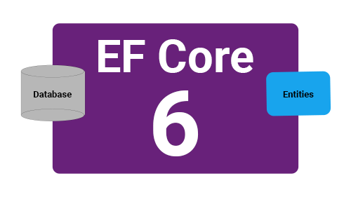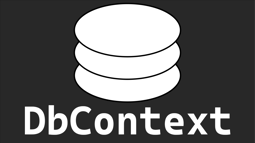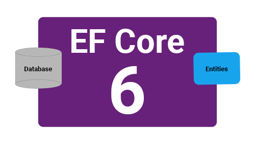- Home
- .NET code examples
- Dynamic queries using LINQ expressions
Dynamic queries using LINQ expressions
Lambda expressions are very common when using Entity Framework to query a SQL database.
And on most occasions, writing a lambda expression directly is fine.
The problem comes if you want to use the same expression, but pass in different objects or properties into it.
It's not possible to do this directly in code.
This is where LINQ expressions comes in.
LINQ expressions allows you to build up each part of the LINQ expression, bit by bit.
And once you are happy with your expression, it can be converted into a Lambda expression.
Once it's a lambda expression, it can be used in Entity Framework.
Software
This is the software that will need to be installed onto your machine.
- Visual Studio 2019. Version 16.8.2 or above. It will work with the free community version.
- SQL Server 2017, or above.
- .NET 5.0 SDK, or above.
Get The Application Working
These are the steps to get the application working.
- Fill out the code example form. We will send you an email where you can download the code example.
- Inside the source code, there is a folder called
Database. Within that folder, there is a file calledLinqExpressions-Example.bak. This needs to be imported as a database into your SQL Server.
From there, you will need to open up the RoundTheCode.LinqExpressions-Example/appsettings.json file and change this setting:
- Check the database connection is correct in
ConnectionStrings > LinqExpressionsDbContext.
You are now ready to go.
Open the Project in Visual Studio
Open up RoundTheCode.LinqExpressions-Example.sln in Visual Studio. Make sure that the project RoundTheCode.LinqExpressions-Example is set as the start up project.
You should find that the web application runs on https://localhost:8000.
Start the project in Visual Studio.
Open up a browser and navigate to https://localhost:8000.
You should now have your dynamically queries being displayed on the screen.
You can see the code to where this is happening by going to the RoundTheCode.LinqExpressions-Example/Controllers/HomeController.cs file.
More Information
You can read our Using LINQ expressions to build dynamic queries in Entity Framework article for more information on this subject.
Related code examples

Get started with Entity Framework Core
Get started with EF Core includes creating a DbContext, adding a migration, CRUD operations, the Include method, raw SQL queries and stored procedures.

